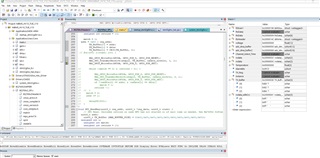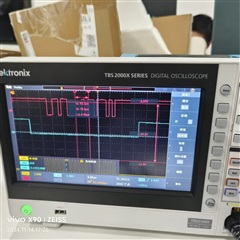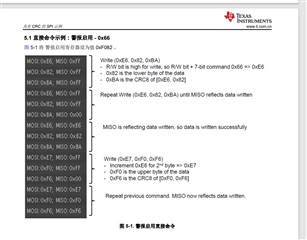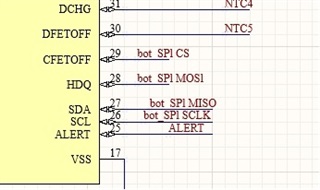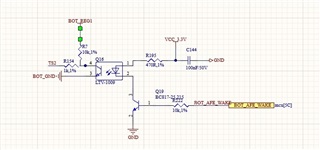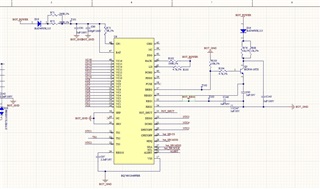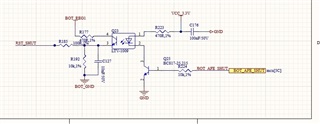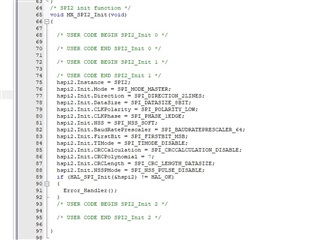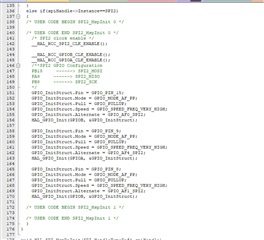Tool/software:
Hello:
This is the recommended circuit diagram for the TI chip BQ7695204PFBR used by the customer. Currently, SPI communication is being used, but the data returned is consistently incorrect. Communication cannot be established, and it keeps replying with the data 0xFFFFFF. Whether writing direct commands or subcommands, there is no data.

I feel like the waveform is fine too
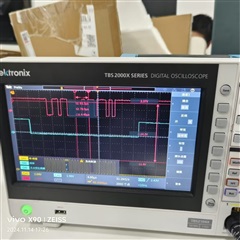
The data returned is always 0xFFFFFF. If you know the situation, please let me know
